Mastering Optical Invariants: Key Principles in Optical System Design
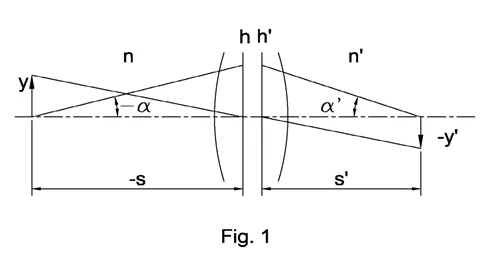
Introduction Optical invariants serve as invaluable mathematical representations encapsulating various optical parameters within an optical system. Despite the dynamic nature of optical components, these invariants remain constant, providing a stable foundation amidst fluctuating parameters. This consistency enables engineers and designers to navigate the complexities of optical systems with greater efficiency and accuracy. During the design […]
Understanding Strehl Ratio in Optical Systems | OFH

Understanding Strehl Ratio: A Practical Overview The Strehl ratio stands as a fundamental metric in optical engineering, providing a concise measure of the quality of an optical system in comparison to an ideal, aberration-free counterpart. This practical overview aims to shed light on the significance and computation of the Strehl ratio, offering insights into its […]
Exploring the Scheimpflug Principle: Depth and Clarity in Imaging | OFH
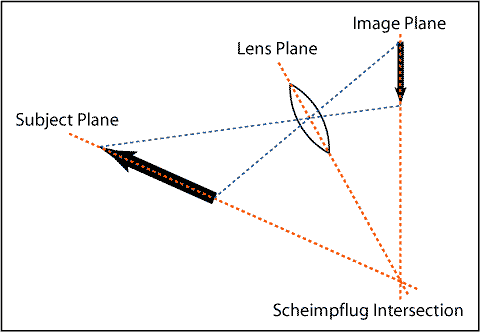
Introduction The Scheimpflug principle is a fundamental concept in optics, particularly in the realm of photography and imaging. Named after its inventor Theodor Scheimpflug, this principle provides a systematic approach to achieving extended depth of field in photographs and precise focus control in optical systems. At its core, the Scheimpflug principle addresses the challenge of […]
Understanding Rayleigh Range: Key to Laser Beam Propagation
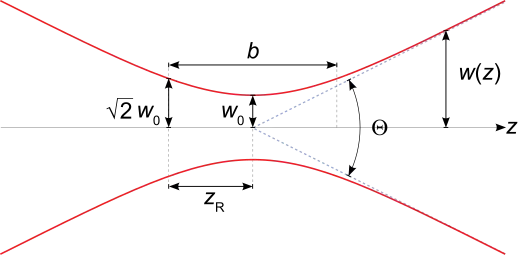
Introduction When working with lasers it is important to understand the physical parameters that define system performance. While some of these specifications may be readily recognizable, such as wavelength and divergence, others may be lesser-known, yet equally critical metrics. For instance, concepts like the M-factor, beam caustic, and Rayleigh Range often have immense significance in […]
Mastering Spot Diagrams: Analyzing Optical System Quality | OFH
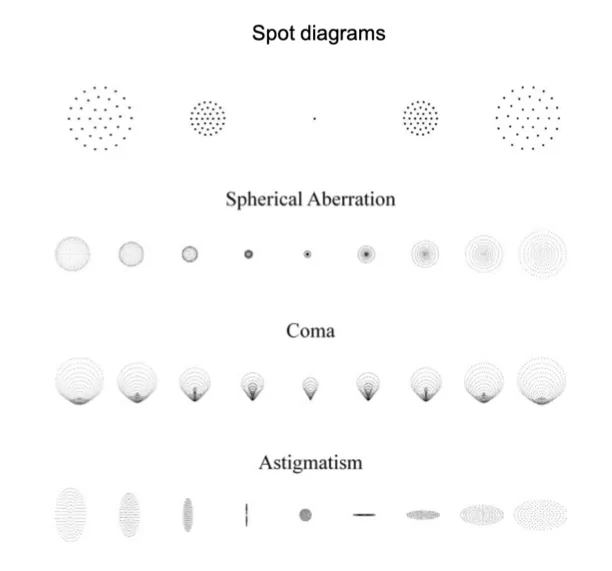
Introduction to Spot Diagrams As optical engineers, we use different tools and techniques to evaluate the performance of an optical design when simulating the system in a ray tracing program. One of those tools are spot diagrams. They may be a little bit confusing to use at first but are an excellent way to communicate […]
Understanding RMS Wavefront Error: An In-Depth Exploration | OFH
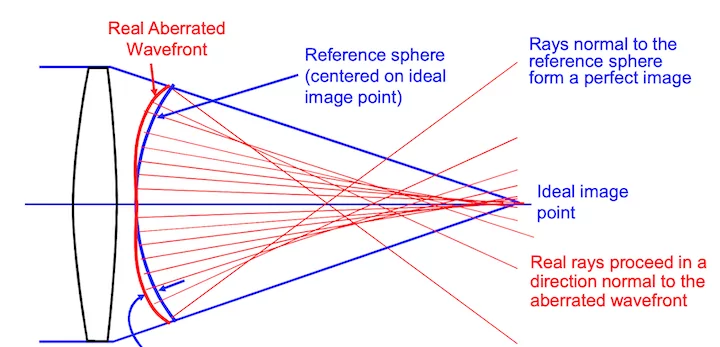
Introduction to RMS Wavefront Error As mentioned in several articles in this blog, aberrations are of great relevance when designing an optical system. The objective being to design a system that creates a “good image”. However, there are different metrics to evaluate what is a “good image”. Most of the time, a customer won’t express […]